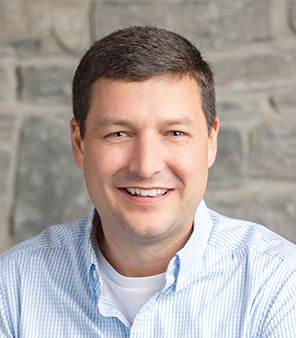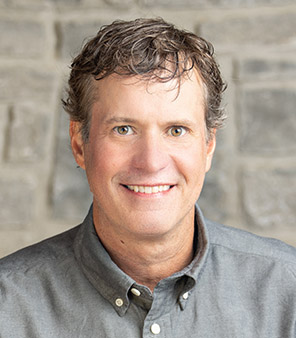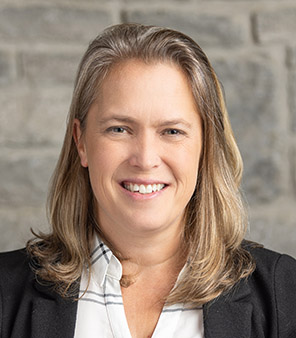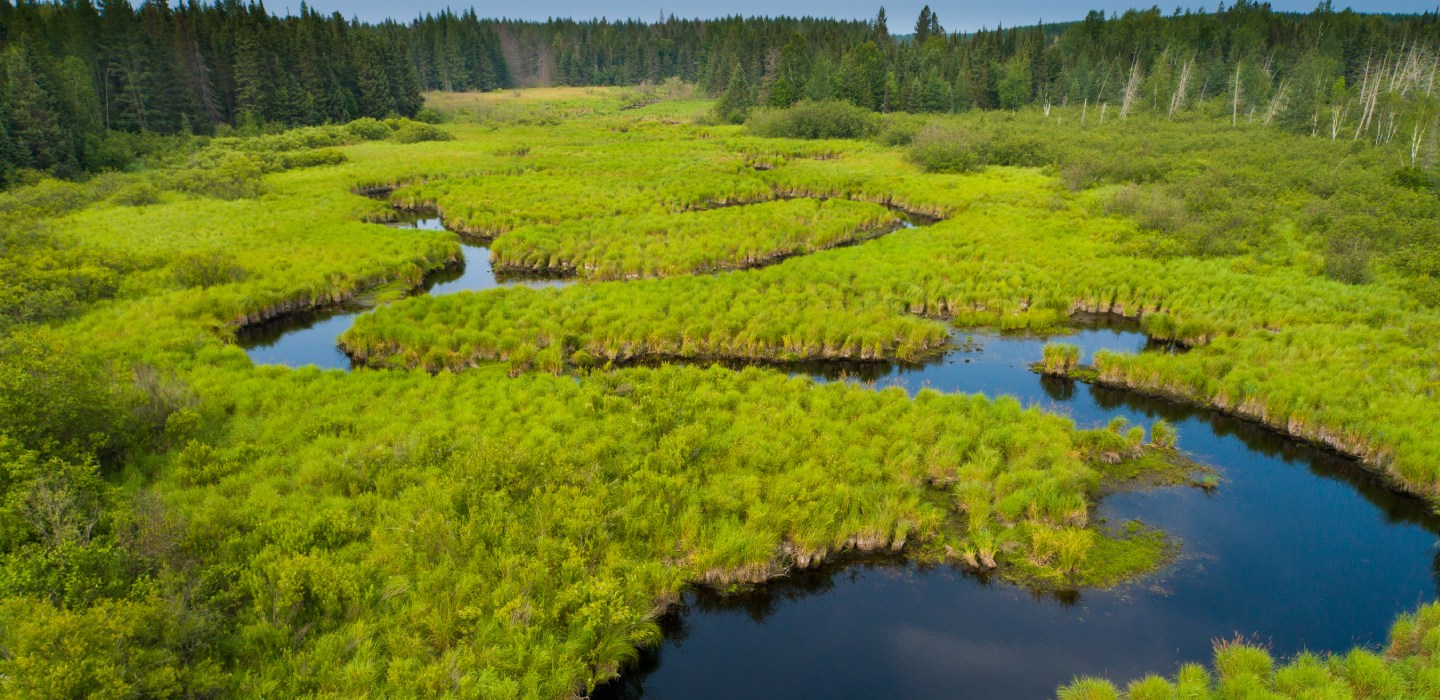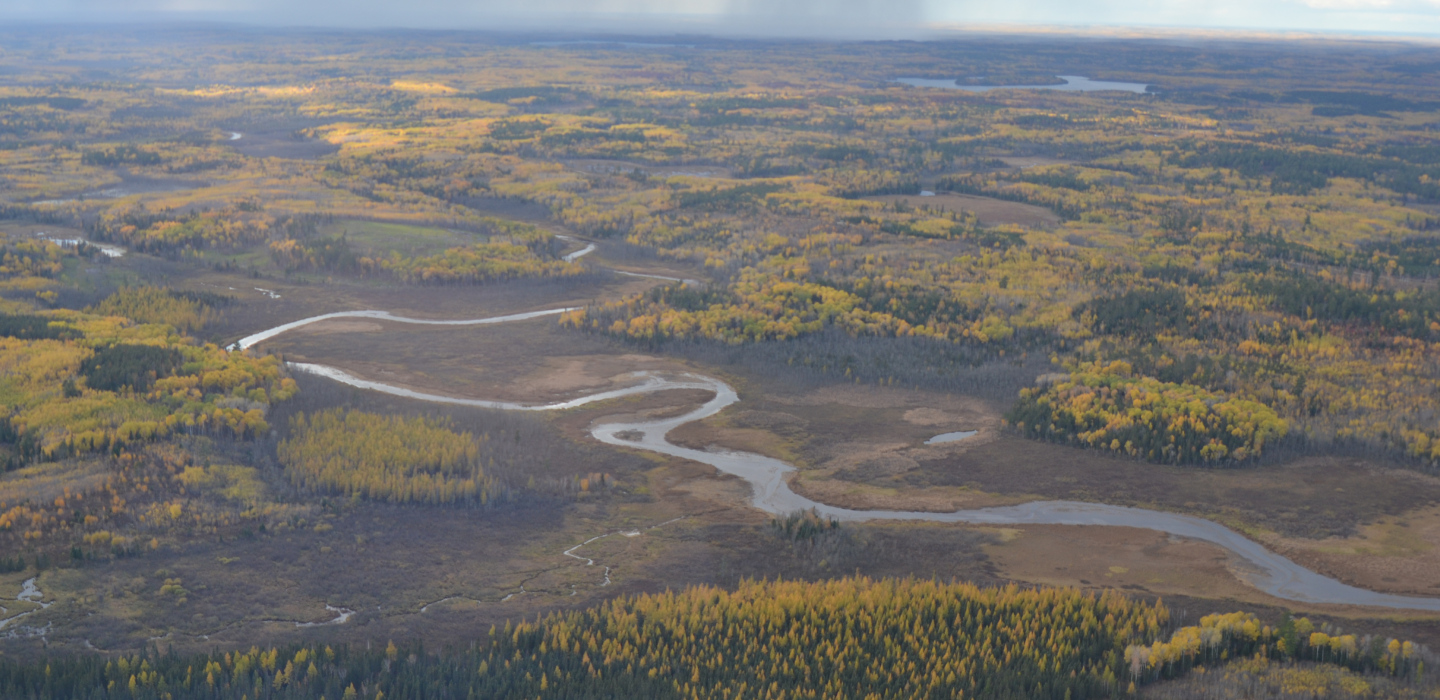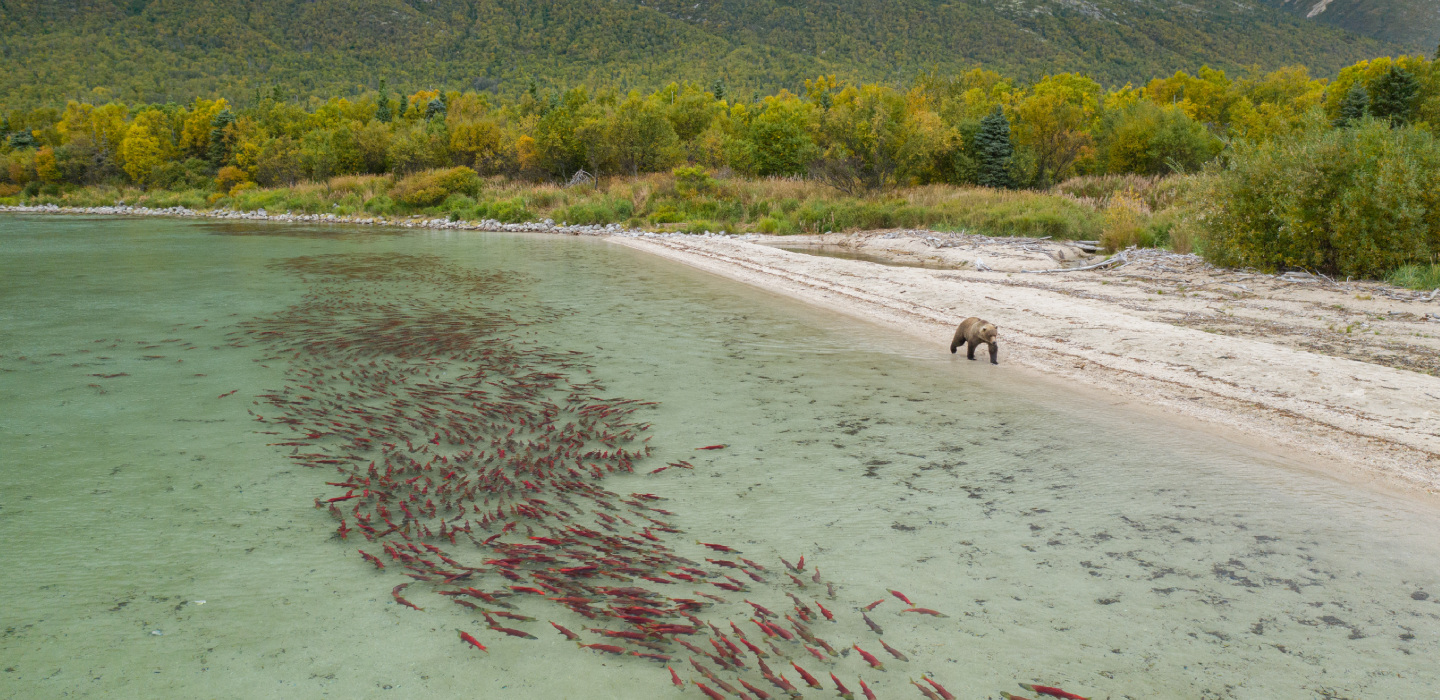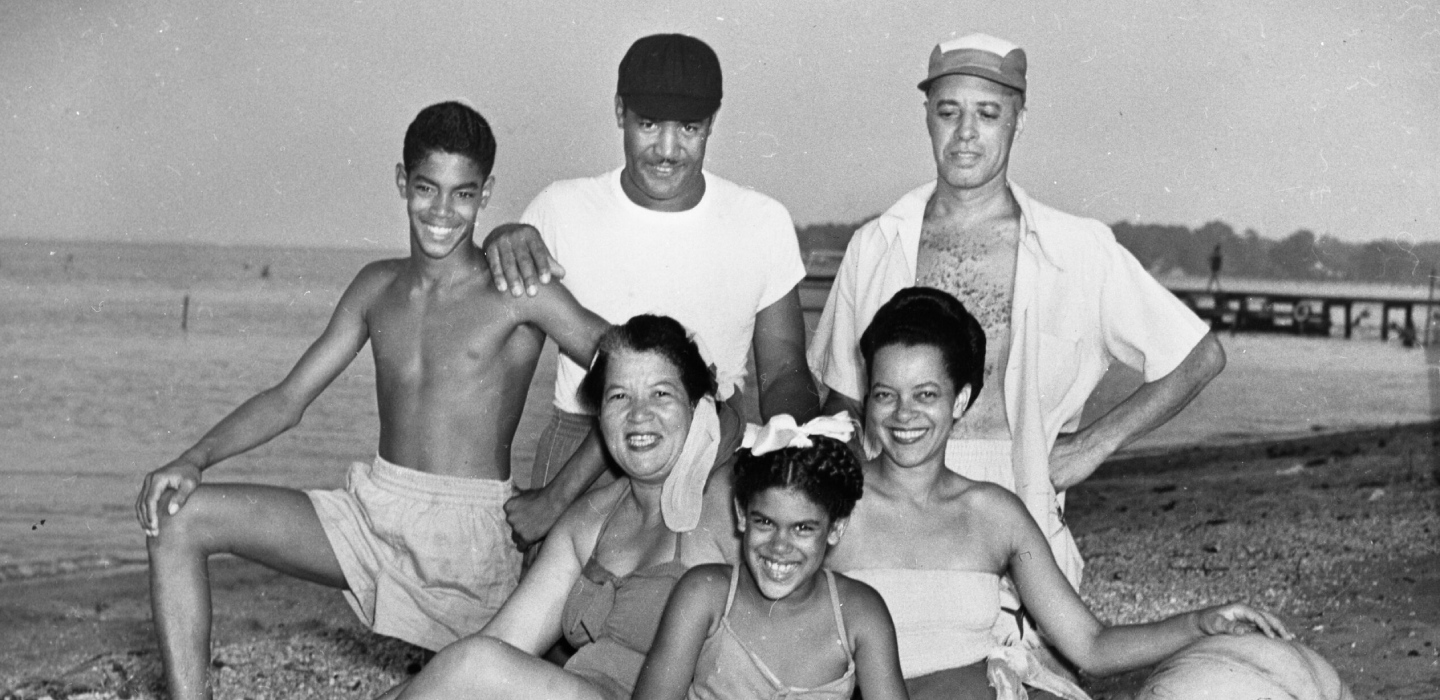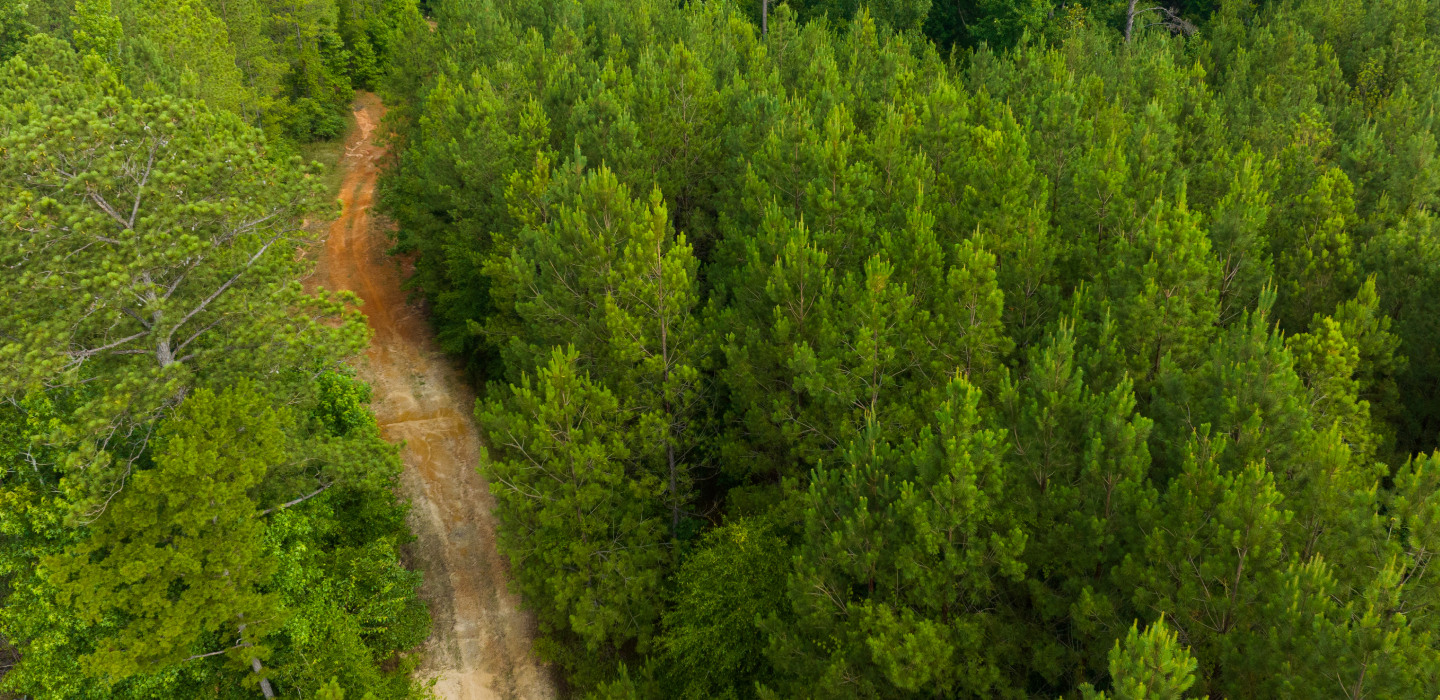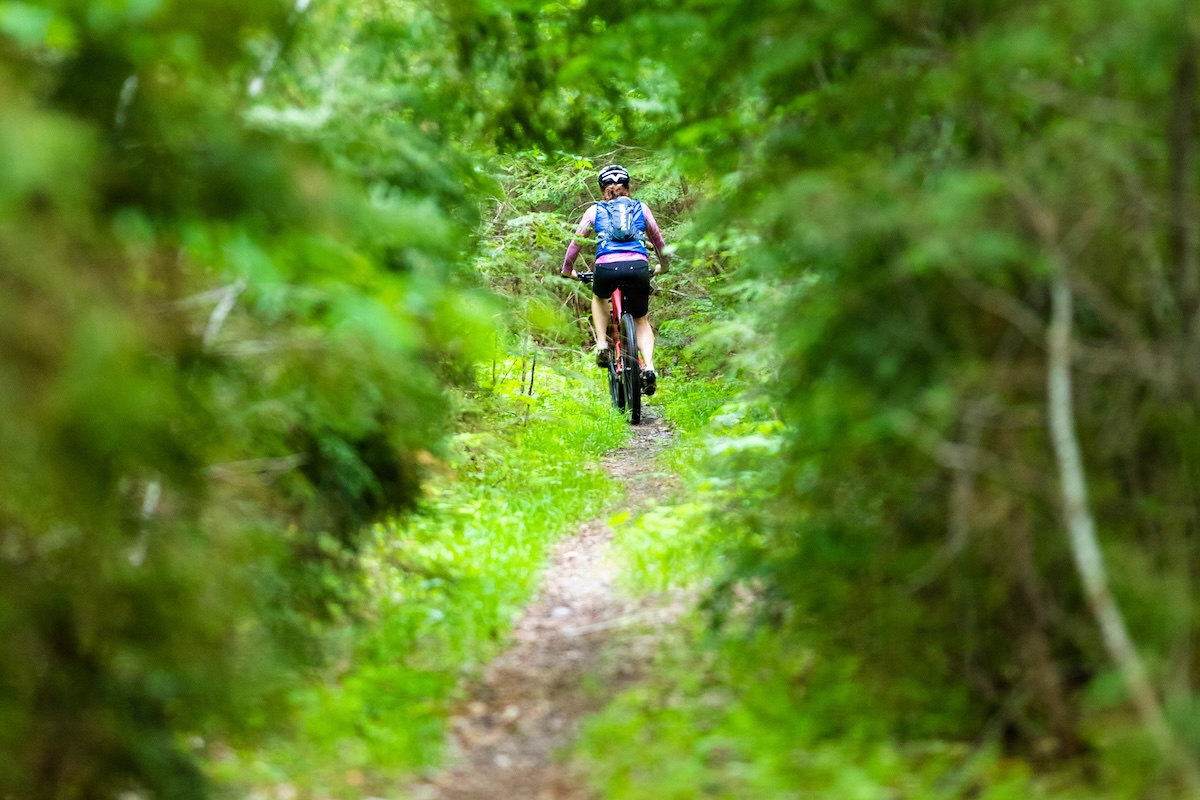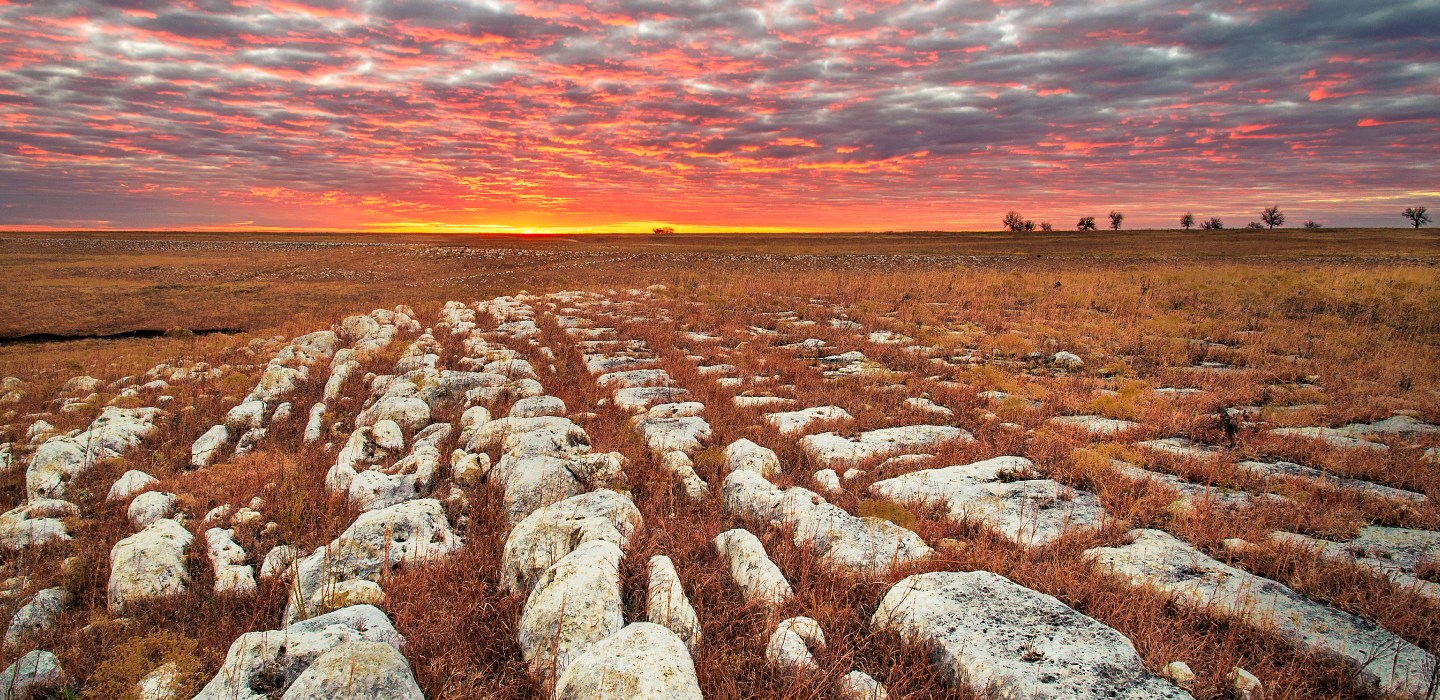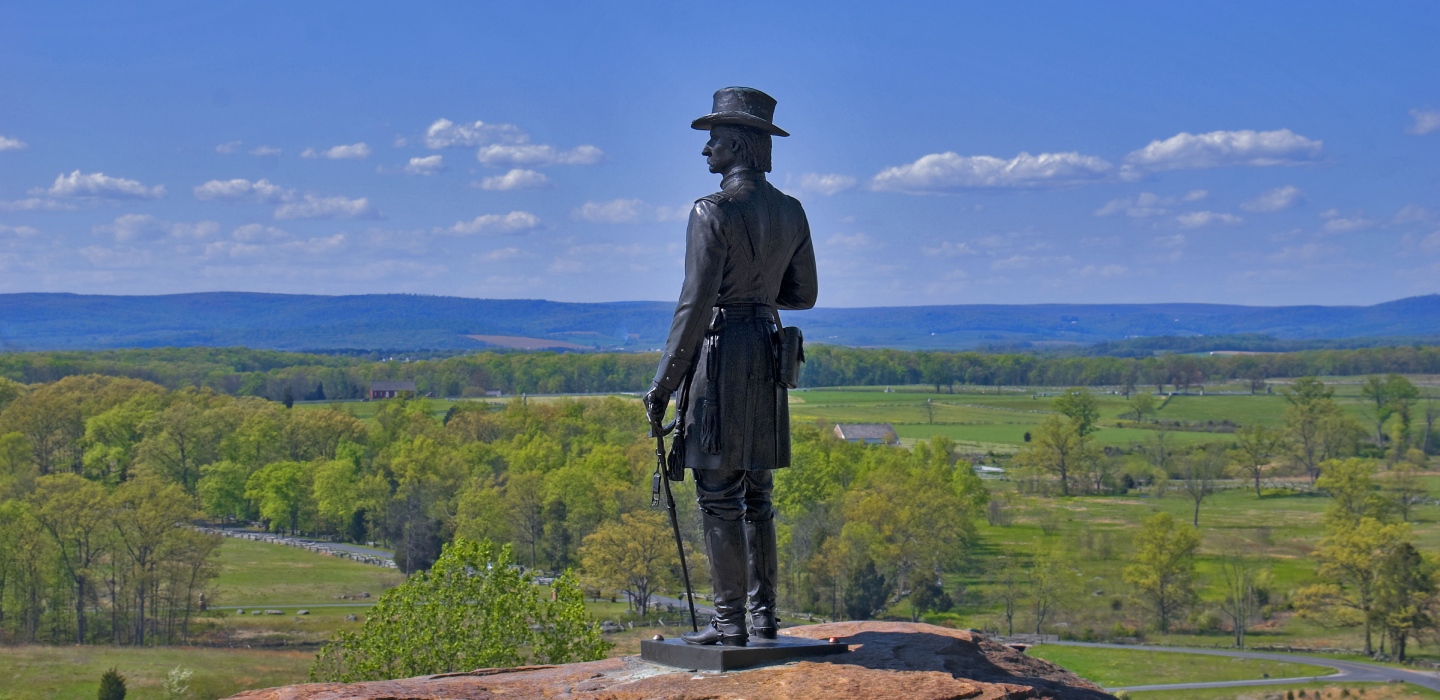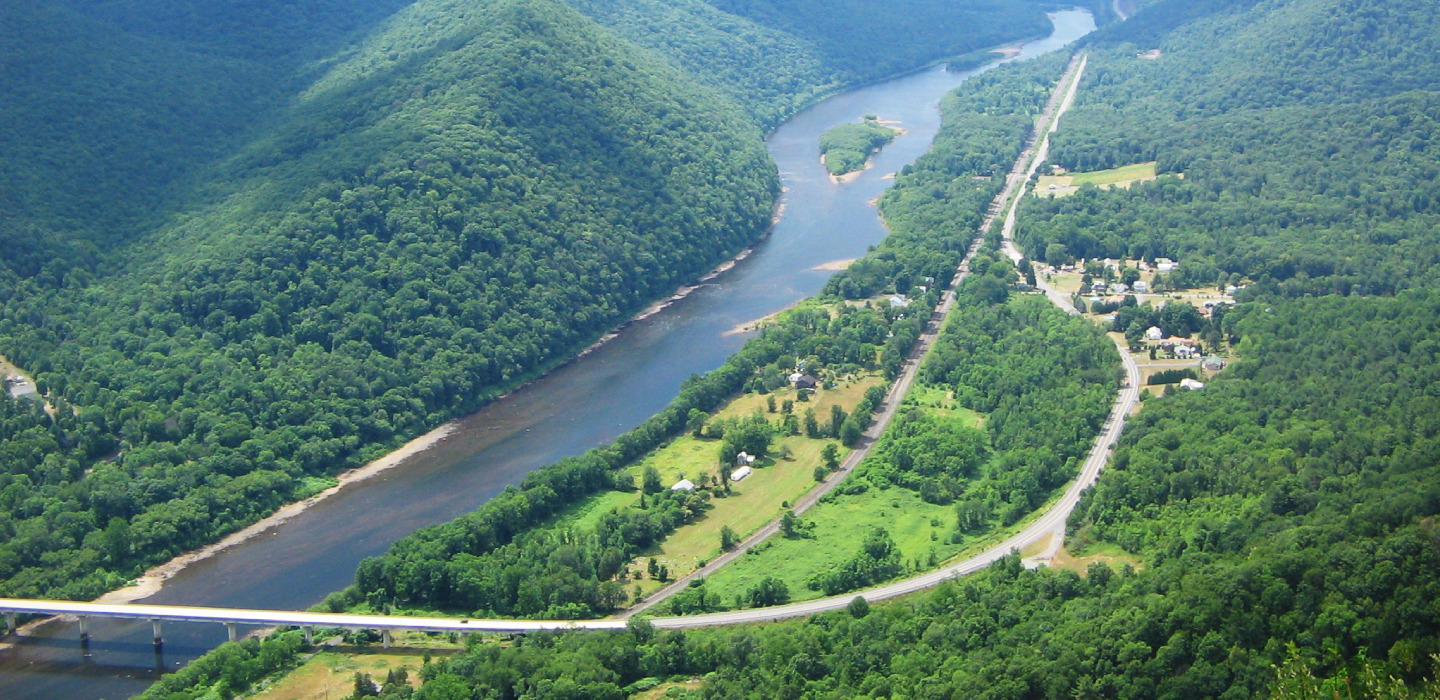Voluntary Stewardship To Offset Impacts to the Community
We invested $2.5 million here in stream restoration, nutrient reduction and recreational trail projects.
Capital projects and infrastructure spending in the U.S. is expected to increase to $1 trillion annually in the next decade. Investments in pipelines, transmission lines and clean energy sources provide significant economic benefits to the country but also can have significant impacts on natural resources and local communities. Increasingly, infrastructure developers are exploring the establishment of environmental stewardship programs that help them better understand natural environmental resource and community needs within their project areas.
These programs are voluntary and do not supplant traditional compensatory mitigation requirements of state and federal permitting agencies that may require an offset to regulated impacts. Rather, environmental stewardship programs go above and beyond the mitigation required by law to address resource and community impacts.
Williams was a pioneer in establishing an environmental stewardship program. Williams operates a natural gas transmission pipeline known as Transco that transports natural gas from production areas to customers, such as utility companies and power plants. throughout the eastern United States. The Atlantic Sunrise project added 1.7 million dekatherms per day of pipeline capacity to the Transco system, but the project had unavoidable resource and community impacts — primarily in eight Pennsylvania counties. As a result, Williams voluntarily created the award-winning Atlantic Sunrise Environmental Stewardship Program to demonstrate its commitment to both the environment and the communities that were impacted by the expansion project.
The Conservation Solution
The Conservation Fund designed a turnkey environmental stewardship program for the Atlantic Sunrise Project, ranging from obtaining input from local communities to managing the completion of selected environmental stewardship projects. Through input from Williams and public focus groups, TCF evaluated three primary types of projects: aquatic restoration, nutrient reduction and recreational trails. TCF managed the project solicitation process that resulted in a total of 48 project proposals from all three project types. The Fund used an innovative project selection process which ensured that all projects were evaluated fairly and that the maximum environmental and community benefit would be obtained from the projects selected.
Outcome Highlights
Conservation
The Conservation Fund was able to invest $2.5 million in stream restoration, nutrient reduction and recreational trail projects in Pennsylvania communities while leveraging local community investments in priority projects.
Economic
This pipeline expansion allowed the distribution of enough natural gas to meet the daily needs of more than 7 million American homes by connecting producing regions in northeastern Pennsylvania to markets in the Mid-Atlantic and southeastern states.
Resulted In
- 10 miles of stream frontage restored
- 30 acres of riparian areas restored
- 8 miles of new trails installed
- 925 tons of manure stored annually
Project Staff
